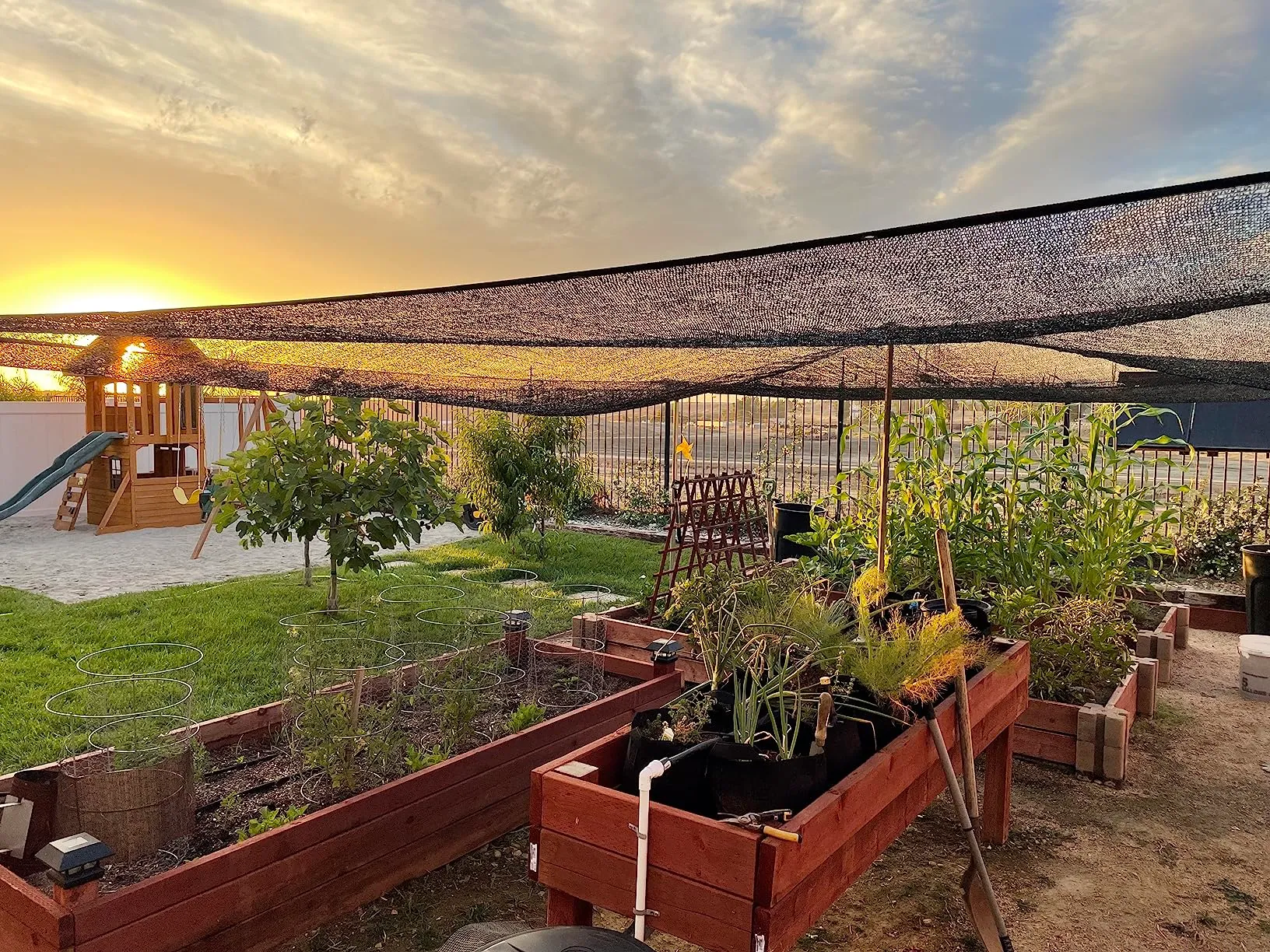-
 Afrikaans
Afrikaans -
 Albanian
Albanian -
 Amharic
Amharic -
 Arabic
Arabic -
 Armenian
Armenian -
 Azerbaijani
Azerbaijani -
 Basque
Basque -
 Belarusian
Belarusian -
 Bengali
Bengali -
 Bosnian
Bosnian -
 Bulgarian
Bulgarian -
 Catalan
Catalan -
 Cebuano
Cebuano -
 China
China -
 Corsican
Corsican -
 Croatian
Croatian -
 Czech
Czech -
 Danish
Danish -
 Dutch
Dutch -
 English
English -
 Esperanto
Esperanto -
 Estonian
Estonian -
 Finnish
Finnish -
 French
French -
 Frisian
Frisian -
 Galician
Galician -
 Georgian
Georgian -
 German
German -
 Greek
Greek -
 Gujarati
Gujarati -
 Haitian Creole
Haitian Creole -
 hausa
hausa -
 hawaiian
hawaiian -
 Hebrew
Hebrew -
 Hindi
Hindi -
 Miao
Miao -
 Hungarian
Hungarian -
 Icelandic
Icelandic -
 igbo
igbo -
 Indonesian
Indonesian -
 irish
irish -
 Italian
Italian -
 Japanese
Japanese -
 Javanese
Javanese -
 Kannada
Kannada -
 kazakh
kazakh -
 Khmer
Khmer -
 Rwandese
Rwandese -
 Korean
Korean -
 Kurdish
Kurdish -
 Kyrgyz
Kyrgyz -
 Lao
Lao -
 Latin
Latin -
 Latvian
Latvian -
 Lithuanian
Lithuanian -
 Luxembourgish
Luxembourgish -
 Macedonian
Macedonian -
 Malgashi
Malgashi -
 Malay
Malay -
 Malayalam
Malayalam -
 Maltese
Maltese -
 Maori
Maori -
 Marathi
Marathi -
 Mongolian
Mongolian -
 Myanmar
Myanmar -
 Nepali
Nepali -
 Norwegian
Norwegian -
 Norwegian
Norwegian -
 Occitan
Occitan -
 Pashto
Pashto -
 Persian
Persian -
 Polish
Polish -
 Portuguese
Portuguese -
 Punjabi
Punjabi -
 Romanian
Romanian -
 Russian
Russian -
 Samoan
Samoan -
 Scottish Gaelic
Scottish Gaelic -
 Serbian
Serbian -
 Sesotho
Sesotho -
 Shona
Shona -
 Sindhi
Sindhi -
 Sinhala
Sinhala -
 Slovak
Slovak -
 Slovenian
Slovenian -
 Somali
Somali -
 Spanish
Spanish -
 Sundanese
Sundanese -
 Swahili
Swahili -
 Swedish
Swedish -
 Tagalog
Tagalog -
 Tajik
Tajik -
 Tamil
Tamil -
 Tatar
Tatar -
 Telugu
Telugu -
 Thai
Thai -
 Turkish
Turkish -
 Turkmen
Turkmen -
 Ukrainian
Ukrainian -
 Urdu
Urdu -
 Uighur
Uighur -
 Uzbek
Uzbek -
 Vietnamese
Vietnamese -
 Welsh
Welsh -
 Bantu
Bantu -
 Yiddish
Yiddish -
 Yoruba
Yoruba -
 Zulu
Zulu
Exploring Bug Netting Techniques for Pest Control Solutions and Strategies
Understanding Bug Netting A Critical Approach to Pest Management
Bug netting, often referred to as insect netting or pest netting, is an essential method widely utilized in both agriculture and gardening to protect crops and plants from harmful insects. As concerns about chemical pest control methods rise due to their environmental impact and potential harm to non-target species, bug netting emerges as a sustainable and effective alternative. This article explores the concept of bug netting, its applications, benefits, and some best practices for effective use.
What is Bug Netting?
Bug netting consists of finely woven mesh materials designed to physically block insects from reaching plants while allowing sunlight, water, and air circulation. Typically made from materials like polyethylene or polypropylene, these nets can vary in size, density, and design, catering to specific types of pests and crops. The primary goal of bug netting is to create a barrier that prevents insects such as aphids, whiteflies, and caterpillars from infesting vegetation.
Applications of Bug Netting
The applications of bug netting are diverse, making it suitable for various types of agriculture, horticulture, and gardening practices. In commercial farming, farmers often use bug netting to protect high-value crops like vegetables, fruits, and flowers. For home gardeners, insect nets can safeguard their plants from pests, thereby promoting healthier growth and reducing crop losses.
Bug netting is particularly beneficial for organic farmers who wish to maintain their crops without the use of synthetic pesticides. By effectively blocking pests while preserving beneficial insects and pollinators, this method aligns with organic farming principles.
Benefits of Bug Netting
1. Chemical-Free Pest Control One of the most significant advantages of bug netting is its ability to control pests without chemicals. This not only protects the environment but also allows for safer gardening and farming practices.
2. Preservation of Biodiversity By preventing harmful insects from accessing crops, bug netting helps maintain a balanced ecosystem. It protects beneficial insects such as ladybugs and bees, which play vital roles in pollination and pest control.
bug netting

3. Enhanced Crop Yields Healthy plants free from pest damage tend to produce better yields. By utilizing bug netting, farmers and gardeners can achieve more robust plant growth and improved productivity.
4. Simplicity and Versatility Bug netting is easy to install and can be used in various settings, including greenhouses, raised beds, and outdoor gardens. Its versatility allows for protection of a wide range of plants.
Best Practices for Utilizing Bug Netting
To maximize the effectiveness of bug netting, consider the following best practices
1. Choose the Right Netting Select a net with appropriate mesh size to block target pests while allowing beneficial insects and pollinators to pass through. Different crops may require different types of netting.
2. Secure and Maintain Ensure that the netting is securely anchored to prevent pests from entering through gaps. Regularly check for wear and tear, and replace damaged sections promptly.
3. Monitor Plant Health While bug netting provides a barrier against pests, it is essential to monitor the health of your plants regularly. Look for signs of disease or stress that may arise due to insufficient airflow or moisture.
4. Rotate Crops Practice crop rotation to reduce pest populations and enhance soil health. Even with bug netting, some pests may still find their way through if not managed properly.
In conclusion, bug netting represents a sustainable pest management strategy that plays a crucial role in modern agriculture and gardening. Its benefits extend beyond mere pest control, fostering an overall healthier environment for both crops and beneficial organisms. As awareness of organic practices grows, bug netting will likely become an increasingly popular choice among growers seeking to protect their plants while minimizing ecological impact.
-
Shipping Plastic Bags for Every NeedNewsJul.24,2025
-
Safety Netting: Your Shield in ConstructionNewsJul.24,2025
-
Plastic Mesh Netting for Everyday UseNewsJul.24,2025
-
Nylon Netting for Every UseNewsJul.24,2025
-
Mesh Breeder Box for Fish TanksNewsJul.24,2025
-
Expanded Steel Mesh Offers Durable VersatilityNewsJul.24,2025











